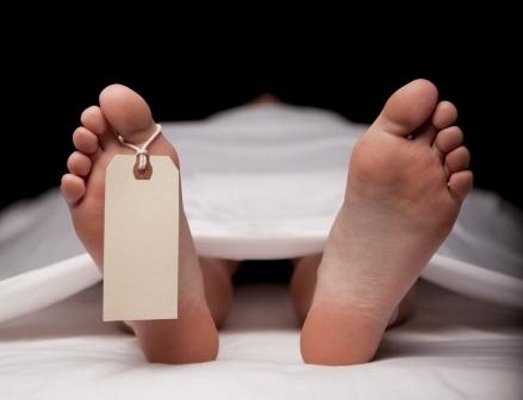What happens to the body when we die?
What happens to the body when we die?
Today we talk about this process of 'recycling nature'.

When dying our body has not finished its trip. On the contrary, a long process of elimination of its components will begin. But what happens when bodies break down and why should we learn something about it?
For most of us, contact with the bodies of the deceased begins and ends with the sad occasion of a funeral. And even then, what we usually get is an urn with the cremated remains of the person or a body arranged in a coffin, carefully prepared for the occasion.
However, what happens to bodies naturally, after having had the encounter with death? What happens if they are not incinerated or choose to embalm, in order to delay the decomposition process?
Under natural conditions, for example, if the body is left out, in a natural environment, or placed in a shallow grave, the lifeless body begins to slowly disintegrate, until only the bones remain (which could someday be unearthed). archaeologists).
What happens in the decomposition?
Although many of us can think of decomposition as a synonym for putrefaction, it is not. In fact, the decomposition of a human body is a very long process with many stages, of which putrefaction is only a part.
Decomposition is a phenomenon through which the complex organic components of a previously living organism are gradually separated into increasingly simple elements. According to forensic scientist M. Lee Goff, it is "a continuous process, which begins at the point of death and ends when the body has been reduced to a skeleton."
There are several signs that indicate that a body has begun its decomposition process. The best known are: livor mortis, rigor mortis and algor mortis.
Livor, rigor and algor mortis
The livor mortis, or lividez, refers to the point at which the body of a deceased person becomes very pale, or ashen, shortly after death. This is due to the loss of blood circulation when the heart stops beating. This process may begin after approximately one hour after death and may continue to develop until 9-12 hours later.
In rigor mortis, the body becomes rigid and completely indestructible, since all muscles are tensed due to the changes that occur in them at the cellular level. The rigor mortis is established between 2 and 6 hours after death and can last between 24 and 84 hours. After this, the muscles become limp and flexible once again.
The algor mortis occurs when the body cools because "it stops regulating its internal temperature". The cold of a body will depend to a great extent on the ambient temperature, but it is usually established in a period of approximately 18-20 hours after death.
Other signs of decomposition include that the body assumes a greenish tint or, of course, putrefaction.
The greenish color of the body is due to the fact that the gases accumulate inside their cavities (hydrogen sulfide). This reacts with hemoglobin in the blood to form sulfohemoglobin, the greenish pigment that gives dead bodies this strange color.
As for the separation of skin from the body, it may sound less disturbing once we remember that the entire outer protective layer of our skin, in fact, is made of dead cells. This layer comes off constantly and is replaced by underlying epidermis. After death, in moist habitats, the epidermis begins to separate from the dermis and therefore can be easily removed from the body.
Finally, putrefaction occurs, this "process of recycling nature", which is facilitated by the concerted actions of bacterial, fungal and insect agents over time, until the body is stripped of all soft tissues and only the skeleton remains. The end of the trip